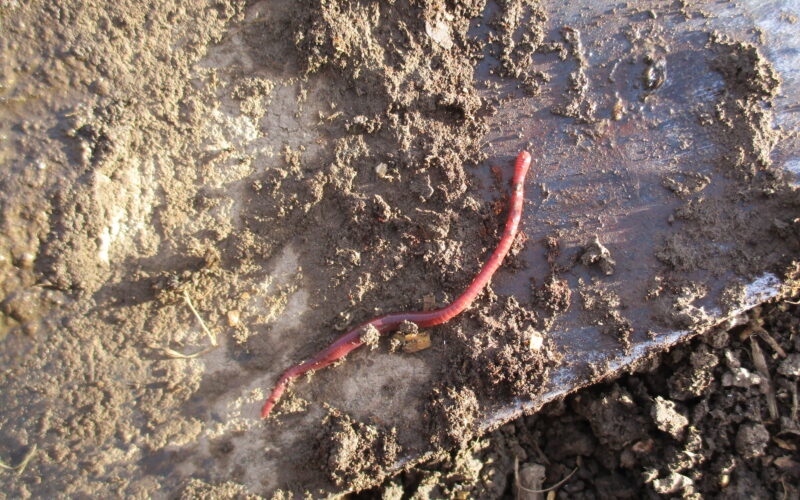In the pre-colonisation days of New Zealand there were native earthworms in the bush. But we were fortunate, because as our pasture and cropland increased, earthworms aligned to these conditions arrived accidentally in soil attached to plants introduced by early settlers. This also explains why such imports can still have a patchy distribution throughout the country.
Given that, as a country, we rely on pasture, we need to recognise these wrigglers as the keystone or indicator species of soil health. Annual counts in various spots around the farm can provide yet another sign of whether we are doing the right things by our soils.
Be aware that worms don’t do dry. Those living near the surface simply move downwards, either to hibernate or survive as eggs. So do your measuring in cool, moist conditions (late autumn or early spring). And before you start cultivating or sowing (best time is close to harvest or end of crop), to be aware of the populations before you start ripping things up.
There are three types in most soils, living at different depths, eating different things, and doing different jobs. In the top layer are the dung worms (epigeic), small red worms that break down surface crop residues. You may even find them in your compost heap. They stay near the surface or in dung, and don’t build tunnels but move about among the leafage or dung.
A bit deeper down you’ll find topsoil worms (endogeic), which incorporate surface organic matter into the top of the soil. These are pale grey, pink or green. Epigeic and endogeic worms are most affected by tillage. Endogeic burrows are no deeper than topsoil, but are often filled with roots from the plants above making use of the worm casts and minerals that line them.
Earthworms are hermaphrodites, and when sexually mature they develop a genital belt or bulge (clitellum) a short distance behind their head. In introduced worms this is usually about one third of the distance along the body. They also have a pale swollen area and often a pair of white glandular lumps on the underside between the head and the saddle. Native worms have the clitellum (saddle) nearer the head end and no glandular lumps on the underside.
The most useful soil forming species is Aporrectodea caliginosa, which may be grey or pink and medium sized.
Take your spade and carefully dig down about 20cm. To get a clear sample you can dig a second slice opposite the first about 35cm away, and bring up both contents. Break it apart with your hands on a sheet or board. Pick out all the worms and put them in a container with water to keep them moist. Try digging another hole nearby where the plant life is better or worse to get a clear idea of how biologically active things are down below.
Do a total count and, if you can see the differences, count each type. Record the totals for each hole to compare with the next annual round at the same sites. Where soil quality is high, populations usually exceed 250/m2 under arable and 400 under pasture. Further information can be found at www.earthworms.nz, where you can also go online and enter your data as part of a citizen science project.
Who am I? Sue Edmonds is a farming and science writer from Waikato.






